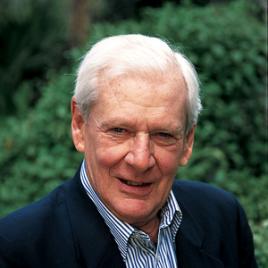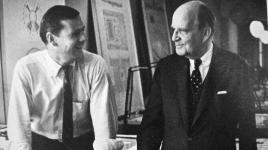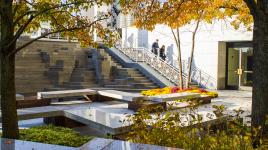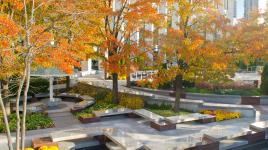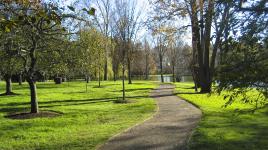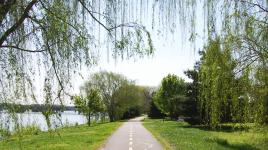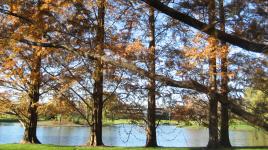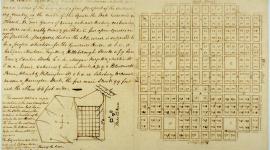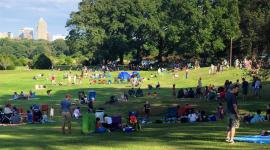Pioneer Information
The son of the celebrated architect, Stone was born in 1932 in Norwalk, Connecticut. He earned his B.A. in Architecture from Yale in 1954 and his M.L.A. from Harvard’s Graduate School of Design in 1959. Stone then worked for Fort Lauderdale landscape architect Frederick Stresau, becoming the tenth professionally licensed landscape architect in all of south Florida.
Through his firm, EDSA, founded in 1960, Stone promoted environmental and social functionality in design. He lectured widely at colleges and universities. In association with his father’s firm, Stone helped design the John F. Kennedy Center for the Performing Arts in Washington, D.C. He also designed the PepsiCo World Headquarters in Purchase, New York. The 114-acre campus placed the classical Modernist structure in a pastoral lawn expanse with a large lake, framed within a woodland landscape. Pepsico CEO Donald Kendall was a collector of contemporary sculpture and for ten years Stone helped to integrate many of these pieces into the landscape.
Beginning in 1971, Stone served for twelve years as the landscape architecture representative to the Commission of Fine Arts, appointed by Presidents Nixon, Ford, and Carter, respectively. He also served as consultant to the Committee for a More Beautiful Capitol in Washington, D.C., and the Governor's Conference on Environmental Quality in the State of Florida.




